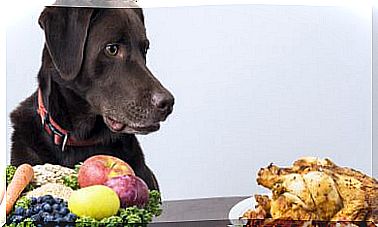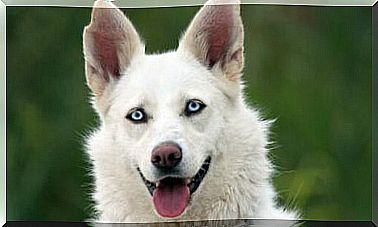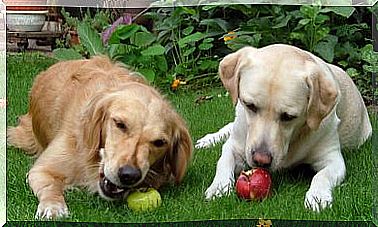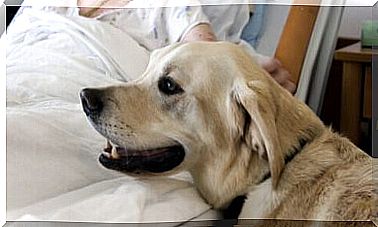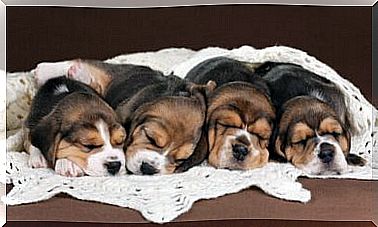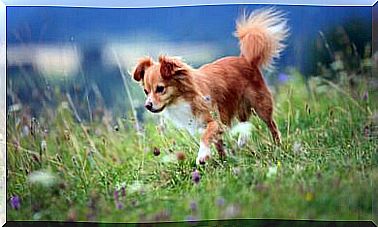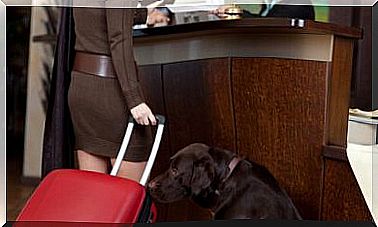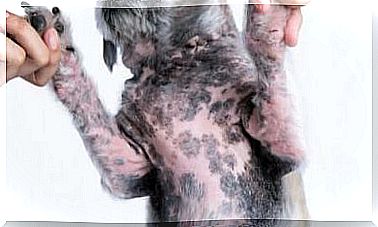War Dogs
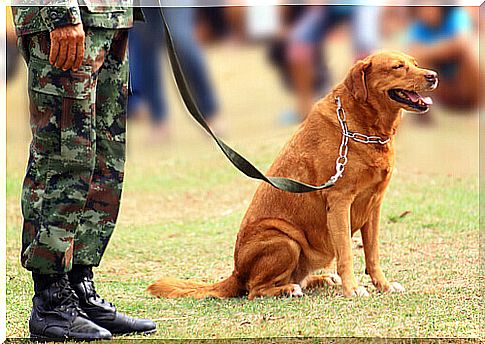
When the man tamed the dog, he quickly realized that he could use his precious help in various activities. Some of these activities were undoubtedly wartime contests. Since ancient times, therefore, the use of dogs in wars has been recorded.
The duties of a war dog
Among the various functions that a war dog has found itself having to perform during the conflicts that have marked the history of humanity, we want to remember the following:
- messenger
- fighter
- cargo transporter (ammunition, food or medicine)
- towing animal for light vehicles
- vigilance and guard
- bearer of bombs
- batter
- hunting dog
- mascot of military units
Wars in antiquity
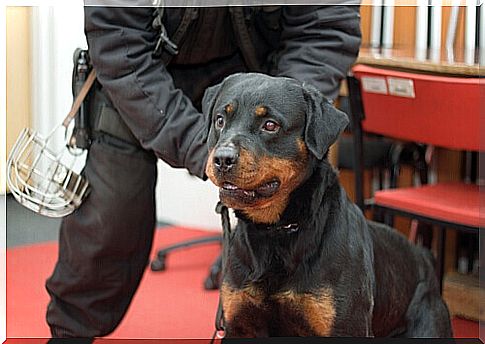
Men began to use dogs to fight when they still used bows and arrows and will surely continue to use them even when what we call the art of war has reached unspeakable levels of sophistication.
In the beginning, the specimens that were used to deal with disputes were large animals, which bite with a great deal of force and which could be trained to attack.
The Molossians united these characteristics: coming from central western Greece, they are considered the ancestors of the Dogo Argentino or the Tibetan Mastiff.
The Molossers were used by the Assyrians and the Phoenicians who, it is thought, would have later introduced them to Europe.
Greece and Rome
It is said that it was Alexander the Great who brought the Tibetan Mastiff to Greece, to incorporate it into his army both as a fighter and to transport weapons and food.
In addition, some specimens also served as couriers to send messages: the dogs ingested a copper tube containing a message inside. Unfortunately these dogs had to be sacrificed in order to extract the message contained in the tube.
The Roman Empire also made use of the use of war dogs in the battlefield and also in the bloodthirsty circus shows .
Their duties as fighters, in addition to launching into the attack in battle and biting, consisted of sneaking into the enemy ranks equipped with the following:
- containers in which fire had been set, to cause a fire;
- armor of blades for wounding soldiers and horses;
- collars with punches.
To protect them, their bodies and heads were covered with leather plates.
Dogs to conquer America
During the Middle Ages the use of war dogs did not show great changes. However, new breeds were born because the selection criteria in dog breeding had changed: they were above all dog breeds for companions that until then had been exclusively a prerogative of nobles and courtiers.
When the Spaniards invaded the American continent, they brought with them Alans, descendants of the Molossians, who had the task of carrying out the following functions:
- as sentries, to warn of attacks or ambushes;
- like rams, for the clashes with the local natives.
- as executors of sentences and punishments : sometimes, in fact, the prisoners were subjected to a hand-to-hand combat with a pack of ravenous dogs.
Dogs during the great conflicts of the twentieth century
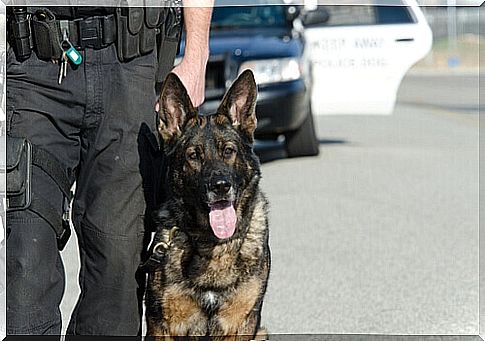
With the improvement of firearms and fighting techniques, the use of dogs in wars gradually declined until the end of the 19th century when they began to be trained to recover wounded and perform messenger functions.
Furthermore, these war dogs had to be trained to get used to the noise of firearms and vehicles used in combat.
However, in the twentieth century, war dogs returned to being protagonists during great war conflicts, such as the First and Second World Wars or the Civil War in Spain.
The armies used breeds such as the German Shepherd and other breeds of shepherd dogs, the Dobermann, the Rottweiler and the Airedale Terrier to perform various tasks, including detecting anti-personnel mines.
The Russians also used these animals as bomb dogs, training them to search for food under German tanks with a load of explosives tied to them.
Then it was the turn of Vietnam, Iraq, Afghanistan … the list is long and seems to have no end.
And although in recent times the use of war dogs seems to focus on the realization of auxiliary services, humanity continues undaunted to kill and die in war, involving innocent poor people, including dogs.
